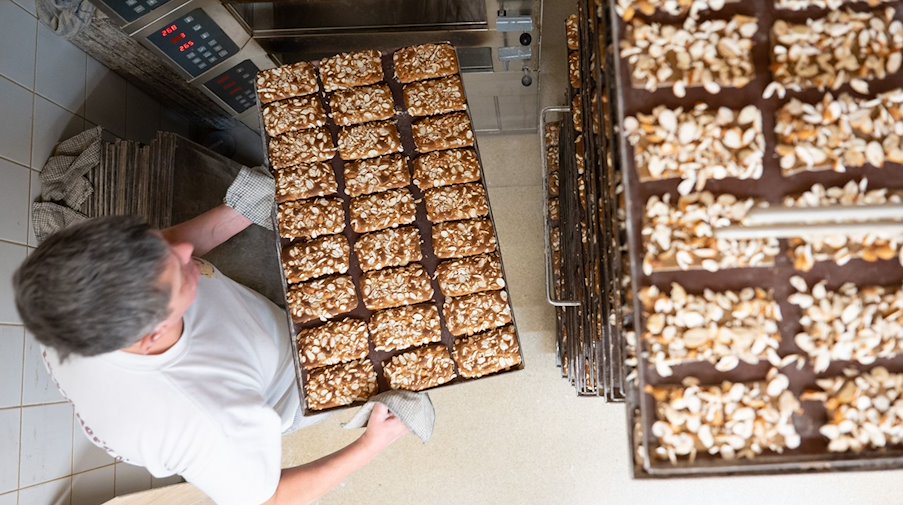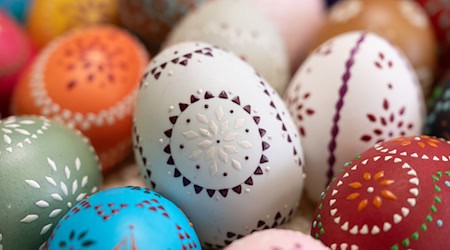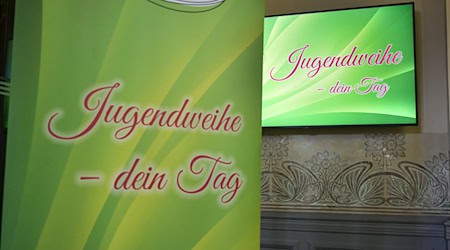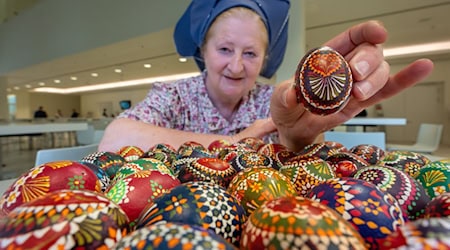Despite inflation and price increases, gingerbread makers in Pulsnitz, eastern Saxony, are not feeling a drop in demand. "Customers give us the feeling that they still want to spend money on gingerbread," said guild head Peter Kotzsch. He runs one of the eight family businesses in the small town that live exclusively from the sale of these baked goods throughout the year. Not only in his company the business runs well, estimates the owner of the Pfefferküchlerei Hermann Löschner.
There is currently a lot of activity in the bakeries of the small craft businesses. They are gearing up for the gingerbread market, which takes place annually on the first weekend in November. Since the premiere in 2003, the gingerbread bakers have known that they should have enough stock at their stands to be able to parry the rush of buyers. "We jump into production in mid-August," says Peter Kotzsch. Pfefferkuchen are a Dauerbackware and without filling at least two years durable, so they can be produced without hesitation in stock.
The Schokospitzen with fruit filling are particularly in demand. "If we don't have them, we don't need to open our store at all," admits the guild master. For the gingerbread market the filled commodity is manufactured only in the two weeks directly before in larger quantities, in order to be able to offer it as freshly as possible.
Traditionally the basic mass consists only of sugar syrup, bee or artificial honey as well as wheat and rye flour. The dough stirred from it initially stores in wooden boxes or barrels for at least three weeks. Depending on the variety, it sometimes takes up to six months before it is processed further - in each company according to a traditional house recipe.
Peter Kotzsch is the sixth generation to run the Löschner pepper cake factory, which was founded in 1813. The company ships its products to customers throughout Germany, Austria and Switzerland. Packages have even gone as far as Mali, South Africa, Japan or Canada. "However, these are exceptions."
In 1558, bakers in Pulsnitz were granted the privilege of producing gingerbread. In the regional association of the Saxon baker's trade, the eight gingerbread bakeries in the town not far from Dresden form their own guild. In addition, there is a gingerbread factory there that will also be wooing customers at the 19th gingerbread market Nov. 3-5.
Copyright 2023, dpa (www.dpa.de). All rights reserved










